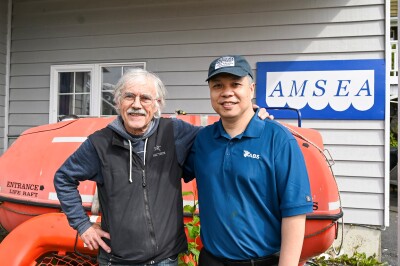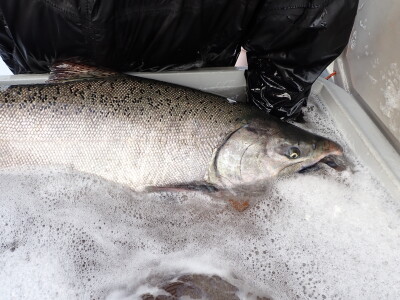Southeast Alaska’s Pacific herring populations seem to be on the rebound, but even in fisheries regarded as healthy, some contend herring are significantly depleted from historical levels indicated by archaeological records and cultural memory.
Herring have long been used by Tlingit, Haida and other Native peoples, who harvested eggs on kelp or hemlock branches hung in the water during a spawn, or gathered the fish themselves for meat, oil and bait.
The commercial fishery wasn’t managed like it is today until industrial fishing had been underway for decades.
Sitka and other Southeast communities still have some more abundant populations and lucrative, active commercial fisheries, as well as subsistence harvest. While the Alaska Department of Fish and Game says its management is conservative and points to increases in herring populations over the past decades, some say the area hosts far fewer herring than it once did.
Read the full story at the Juneau Empire>>
Want to read more about herring? Click here...






